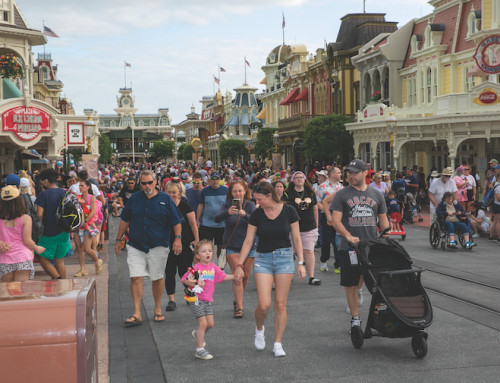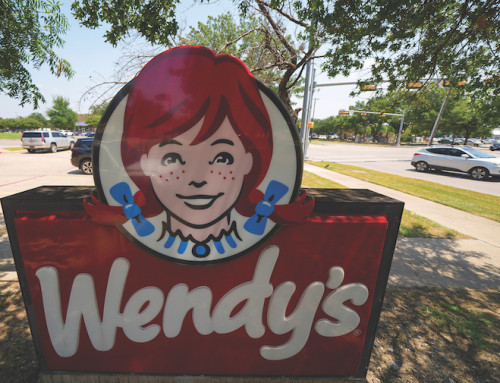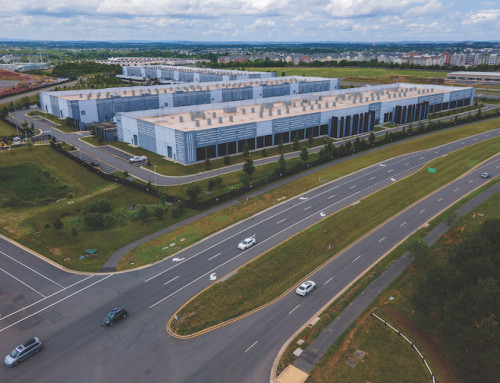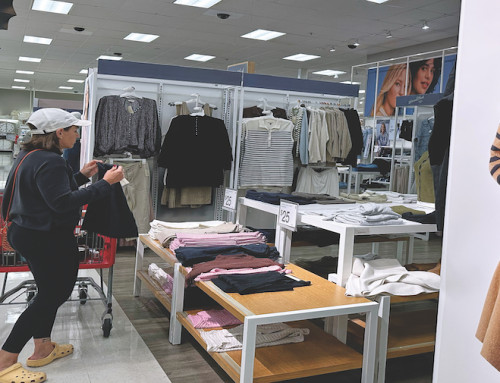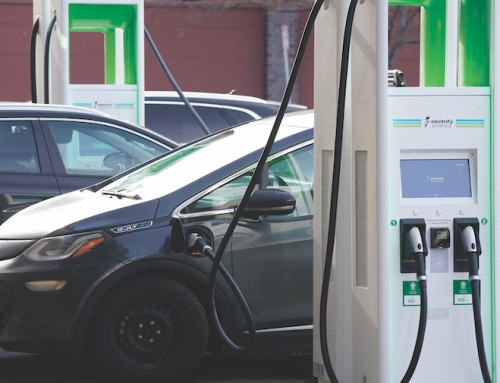SAN FRANCISCO (AP) — Waymo is hitting the highway. The company said its robotaxis — already a common sight on some city streets — are expanding their routes to freeways and interstates around San Francisco, Los Angeles and Phoenix.
In the Bay Area, riders can now get dropped off or picked up curbside in driverless cars at San Jose Mineta International Airport. Other regions will be offered highway service soon, Waymo said.
The highway rollout will be gradual in L.A., where Waymo cars with nobody in the driver’s seats are increasingly common downtown and in many residential neighborhoods.
Around San Francisco, as of last week, the expansion encompasses the entire peninsula to the south of the city, including Silicon Valley hot spots such as Palo Alto and Mountain View.
Passengers can now hail an autonomous sedan near San Francisco City Hall and take it 45 miles on U.S. 101 to San Jose’s airport.
Waymos are currently being tested at San Francisco International Airport for eventual curbside service there.
Before deciding to compete against conventional ride-hailing pioneers Uber and Lyft in California, Waymo — owned by Google’s parent company, Alphabet — unleashed its robotaxis in Phoenix in 2020. Now it has extended the reach of its service to highways around that Arizona city.
Down the road, passengers in Atlanta and Austin, Texas, will be able to take freeway rides, the company said.
Waymo has come a long way since Google began working on self-driving cars in 2009 as part of project “Chauffeur.” Since its 2016 spinoff from Google, Waymo has established itself as the leader in a robotaxi industry that’s slowly getting more congested.
Amazon announced in June that it’s gearing up to make as many as 10,000 robotaxis annually at a plant near Silicon Valley as it prepares to challenge Waymo.
Amazon began eyeing the market five years ago when it shelled out $1.2 billion for self-driving startup Zoox. In September, Zoox launched its robotaxi service in Las Vegas on a limited basis.
Electric auto pioneer Tesla has said it aims to launch a rival “Cybercab” service by 2026. The projected timeline for competing against Waymo has been met with skepticism because Tesla CEO Elon Musk has made unfulfilled promises about the company’s self-driving car technology for nearly a decade.
General Motors late last year retreated from the robotaxi business and stopped funding its money-losing Cruise autonomous vehicle unit.
Instead, the Detroit automaker is focusing on development of partially automated driver-assist systems for personal vehicles such as its Super Cruise, which allows drivers to take their hands off the steering wheel.
Residents of San Francisco, Los Angeles and other cities who order a pizza or burrito on DoorDash might have it delivered by a robot that the company has dubbed Dot.
Soon people in Phoenix will also get Dot deliveries as the company expands its autonomous service.
The robot can reach speeds of up to 20 miles per hour and travel on streets, sidewalks and driveways. Dot is bright red, resembles a big baby stroller and is large enough to handle up to six large pizza boxes or 30 pounds of cargo.



